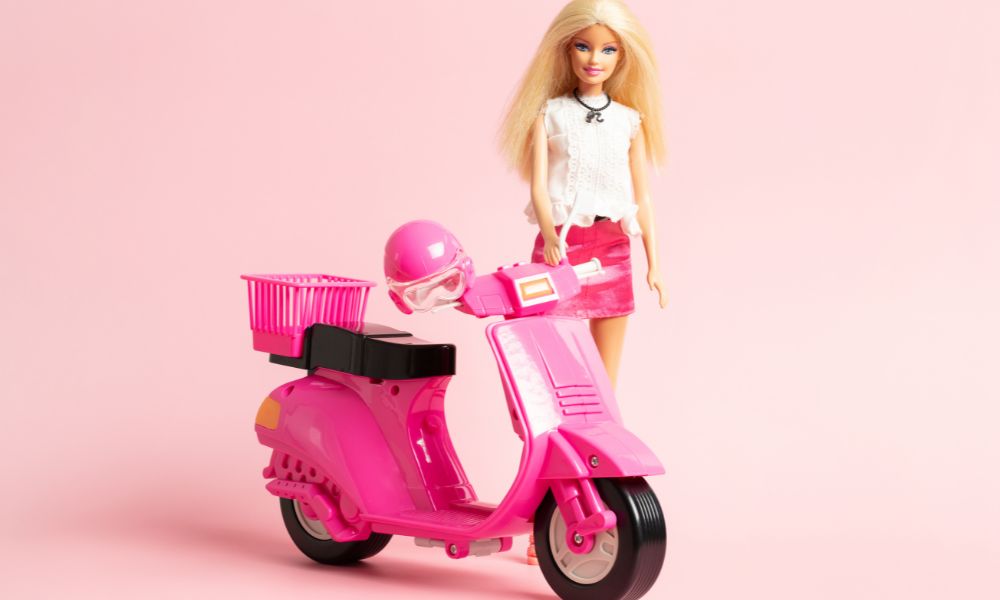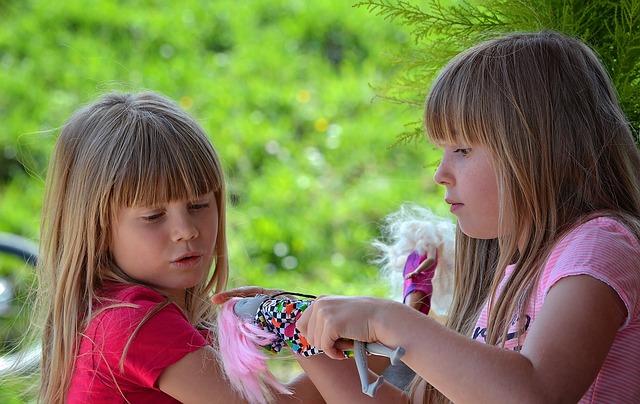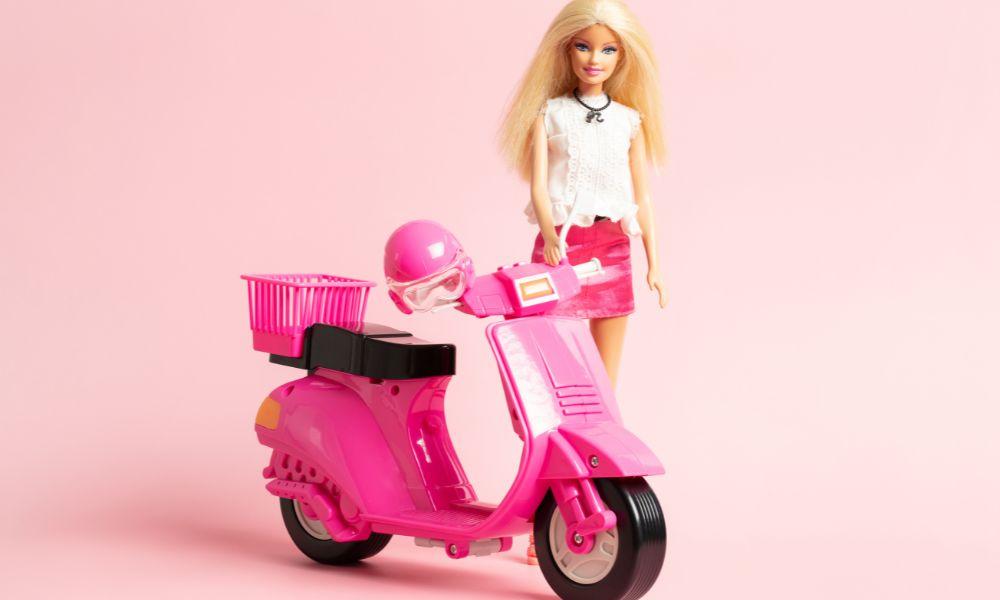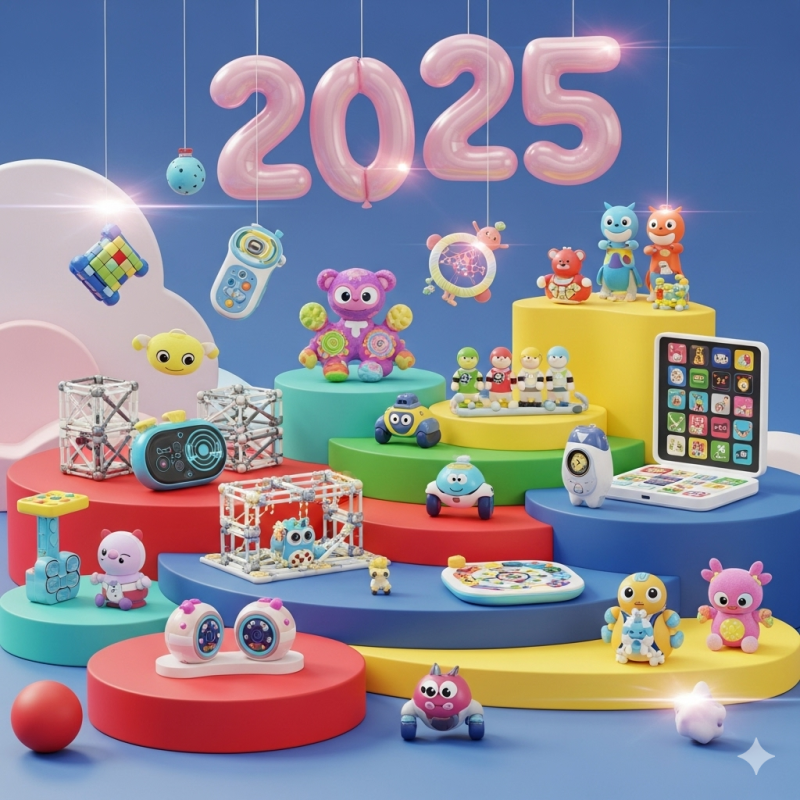Barbie, the iconic doll created by Ruth Handler in 1959, has managed to captivate audiences worldwide and become a cultural phenomenon like no other. While initially modeled after a German doll and marketed as a teenage fashion model, Barbie's influence has transcended time and borders, impacting societies across the globe. Let's explore the evolution of Barbie's cultural impact and how she has contributed to shaping popular culture.
Over the years, Barbie has managed to break barriers and challenge societal norms by representing different cultures and professions. In the 1960s, she took on a range of careers, from being an astronaut and a surgeon to becoming a pilot and a businesswoman, giving young girls visible aspirations beyond traditional gender roles. This shift not only inspired generations of girls but also paved the way for greater gender equality and women's empowerment worldwide.

As Barbie's growth continued, so did her global reach. In the 1980s, Barbie expanded her horizons by embracing diversity and representing various ethnic backgrounds. The introduction of dolls with different skin tones, hair textures, and facial features was a significant step towards inclusivity and promoting multiculturalism. By providing a more representative range of dolls, Barbie played an essential role in fostering acceptance and creating a sense of belonging among children from different cultural backgrounds.
Furthermore, Barbie's ability to adapt to changing times and current events has contributed to her continued relevance. From addressing social issues such as body positivity by introducing a more diverse range of body types in recent years to collaborating with influential figures like Frida Kahlo, Ava DuVernay, and others, Barbie has consistently found ways to connect with contemporary audiences and remain an influential cultural icon.
Breaking Boundaries: How Barbie Transformed Society's Gender Stereotypes
Throughout her storied history, Barbie has played a pivotal role in challenging and reshaping society's gender stereotypes. Since her introduction in 1959, Barbie has evolved from a simple fashion doll into a symbol of empowerment and inclusivity. At a time when traditional gender roles were deeply ingrained in society, Barbie dared to break the mold by presenting young girls with limitless possibilities and potential.
One of Barbie's earliest cultural impacts was her ability to encourage girls to dream big and pursue their passions. With her vast range of career options, from astronaut to doctor to entrepreneur, Barbie shattered the notion that certain professions were exclusively for men. By providing girls with relatable role models who defied societal expectations, Barbie instilled confidence, ambition, and a sense of independence in generations of young girls worldwide.
Moreover, Barbie's influence on body image and self-acceptance cannot be overstated. In recent years, Barbie has undergone a significant transformation, embracing a diverse range of body types, skin tones, and hairstyles. By expanding the representation of beauty, Barbie sends a powerful message to girls that every body is beautiful and deserving of love and acceptance. This inclusive approach challenges the narrow beauty standards set by society and fosters a more inclusive and accepting environment for all.

Barbie Through the Ages: An Exploration of Changing Beauty Standards
Barbie has been a cultural icon since her creation by Ruth Handler in 1959. Over the years, she has transformed to reflect changing beauty standards, embodying different ideals of femininity and fashion. Barbie's impact on popular culture and the perception of beauty cannot be overstated, making her an important symbol to explore.
In the 1960s, Barbie represented the idealized American girl-next-door with her slender figure and classic outfits. She portrayed the post-war image of beauty and femininity, aspiring to the clean-cut aesthetic of the time. However, as women's liberation movements gained momentum in the 1970s, Barbie also underwent transformations. The "Malibu Barbie" of the 1970s embraced a more active lifestyle, with tanned skin, athletic wear, and a carefree attitude.
The 1980s brought about a wave of materialism and consumerism, reflected in Barbie's glamorous appearance. Her clothes and accessories became more extravagant, mirroring the excesses of the decade. In the 1990s, Mattel made efforts to diversify Barbie's image by releasing dolls with varying skin tones and hair textures, aiming to be more inclusive. These changes were seen as a response to the growing demand for representation and inclusivity.
As we entered the 21st century, Barbie continued to evolve, striving to break traditional beauty norms. In recent years, Mattel has introduced more diverse body types, including curvy, petite, and tall dolls, challenging the long-standing idea that beauty comes in one standardized form. This shift seeks to promote self-acceptance and reaffirm that there are many definitions of beauty.
Beyond the Doll: Barbie's Influence on Pop Culture and Media
It is impossible to talk about the world of toys without mentioning Barbie, one of the most iconic and influential dolls in history. Since her debut in 1959, Barbie has not only become a staple in the toy industry but has also made a significant impact on pop culture and media.
Barbie's influence on pop culture is evident in various aspects of society. Through her diverse range of occupations, Barbie has challenged traditional gender roles and contributed to the feminist movement. From being an astronaut to a doctor or a CEO, Barbie has inspired countless young girls to dream big and pursue their goals, breaking the stereotype that girls can only aspire to be princesses.
Moreover, Barbie has had a profound impact on the media, both in traditional forms and digital platforms. Barbie movies, TV shows, and books have captivated audiences worldwide, promoting positive values and life lessons. Additionally, as technology has evolved, Barbie has adapted to the digital era with online games, apps, and social media campaigns, reaching even more fans and keeping up with the modern world.
Barbie has also influenced the fashion and beauty industry, setting trends and igniting conversations about body image and diversity. With the introduction of various ethnicities, body types, and skin tones, Barbie has made strides towards inclusivity and representation within the toy industry, creating dolls that better reflect the diverse society we live in today.



